Newport Mansions | Experiencing the Gilded Age
Visiting the lavish Newport Mansions (or “summer cottages”) in Newport, Rhode Island offers an opulent peek into the “Gilded Age” of American history.
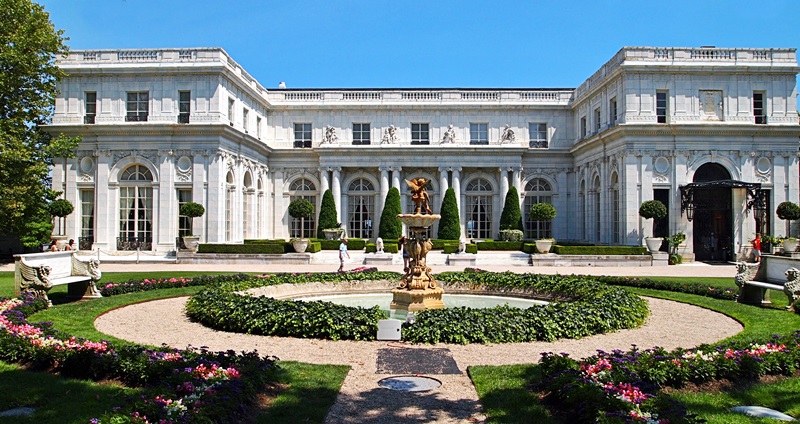
Coffee By Design | Portland, Maine
Photo Credit : Katherine KeenanNewport, Rhode Island. A breathtaking city on the water, a worldwide destination for vacationers, students, athletes, and historians alike. America’s wealthiest residents of the late 19th century reveled in the area’s natural coastal beauty too, and built their summer “cottages” there to escape the hustle and bustle of New York City life. These “cottages” however, are anything but quaint. You may know them better as “the Newport Mansions.” The enormous facades and even more lavish interiors housed a unique and selective class of business moguls and heirs. No expense was spared in their decoration or in the jaw-droppingly decadent parties their residents threw.

Photo Credit : Bethany Bourgault
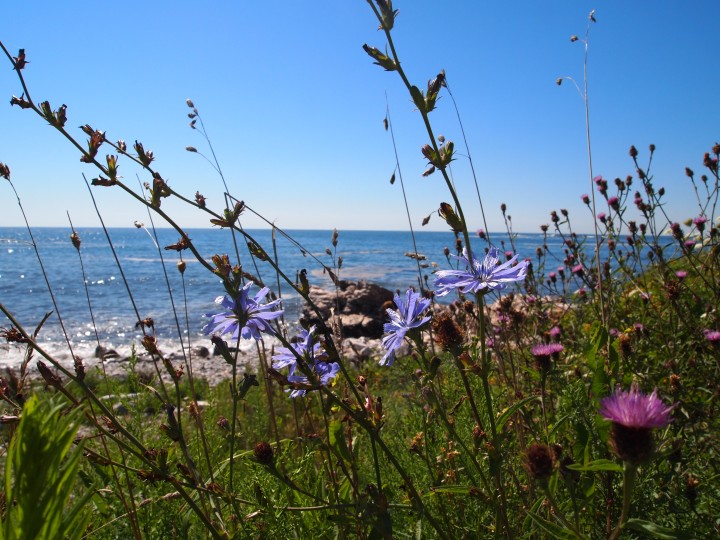
Photo Credit : Bethany Bourgault
As the Gilded Age drew to a close, many fortunes were lost and some mansions faced unclear futures. Some even faced futures as parking lots. However, thanks to the Preservation Society of Newport County, many of Newport’s most fascinating mansions have been preserved, protected, and opened to the public. Guests can mosey around the different rooms, learn about what life was like in that era, and wistfully imagine days gone by.
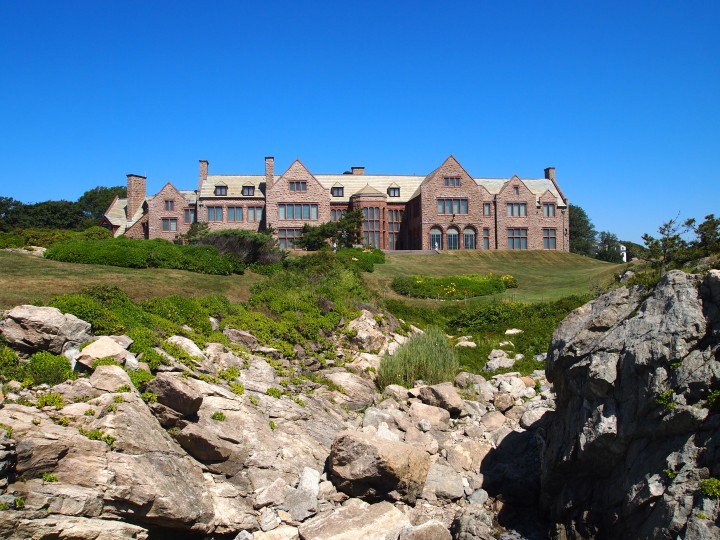
Photo Credit : Bethany Bourgault
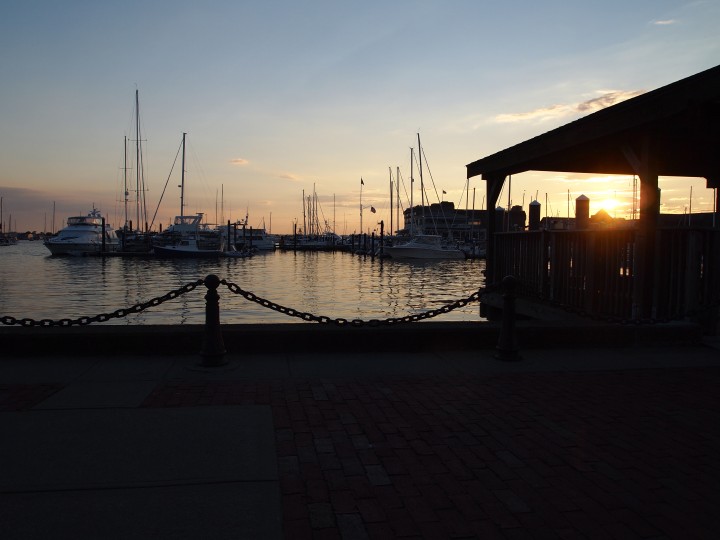
Photo Credit : Bethany Bourgault

Photo Credit : Bethany Bourgault
Mark Twain coined the term “Gilded Age” back in 1873, but he wasn’t praising the glitz and gold trim we think of today. He was instead satirizing the divide between the lavish spending of a few and the harsh, bitter reality of the rest. The Elms, one of Newport’s most popular mansions, offers a Servant’s Life Tour to show guests this less-known side of Newport mansions life. Edward and Herminie (pronounced like “Hermione” from Harry Potter) Berwind went to great lengths to ensure their house appeared to run on magic, and the Servant’s Tour shows guests some of the living quarters, working rooms, rooftop facilities and appliances that helped create the illusion.
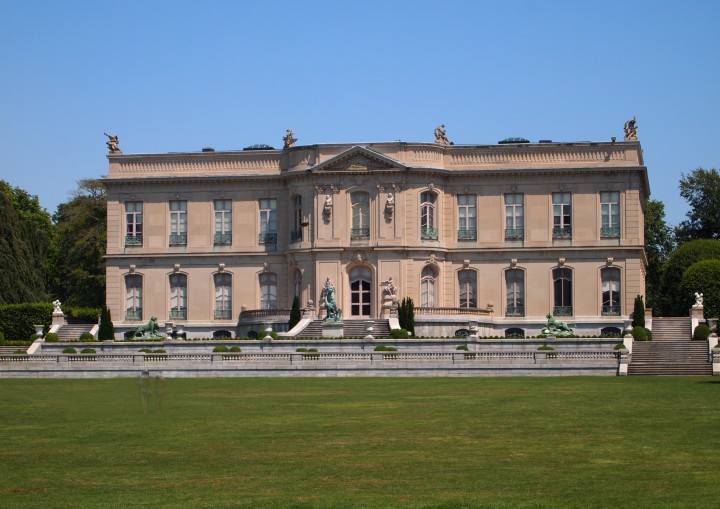
Photo Credit : Bethany Bourgault
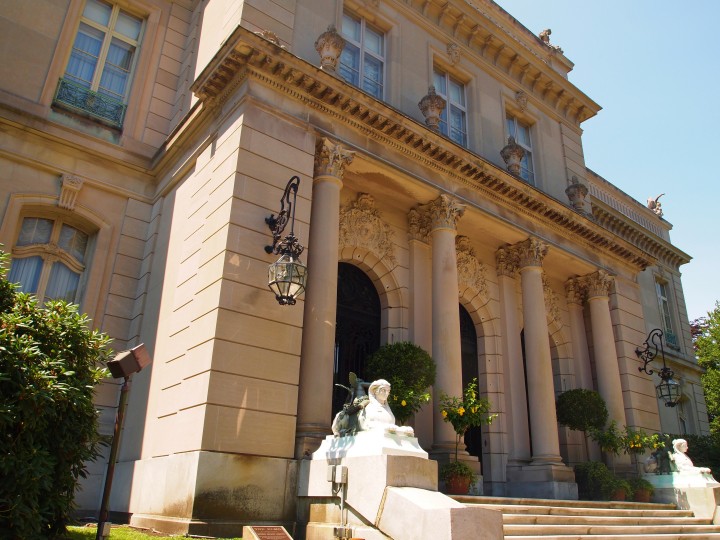
Photo Credit : Bethany Bourgault
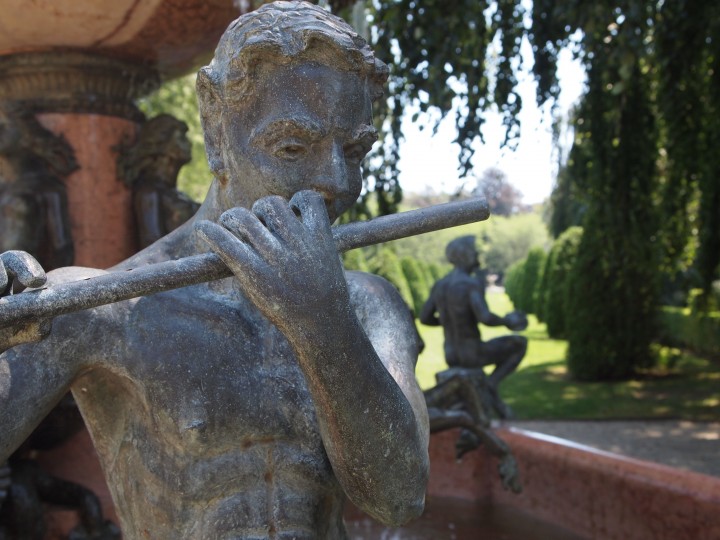
Photo Credit : Bethany Bourgault
I stuck to the main tour on my Newport Mansions visit, and was certainly not disappointed. The Berwinds’ “magic” summer cottage captures the elegance it was renowned for with its intricate ceiling and wall detailing and vast collection of cultural art. How does one fund such extravagance? Edward Berwind made his money from the coal industry. He founded the Berwind-White Coal Mining Company, which powered, among other things, the New York Central Railroad. Ironically, he ensured that coal wasn’t a fixture in his own home — there is a secret underground tunnel that was used to ferry coal and ash both into and out of the house.
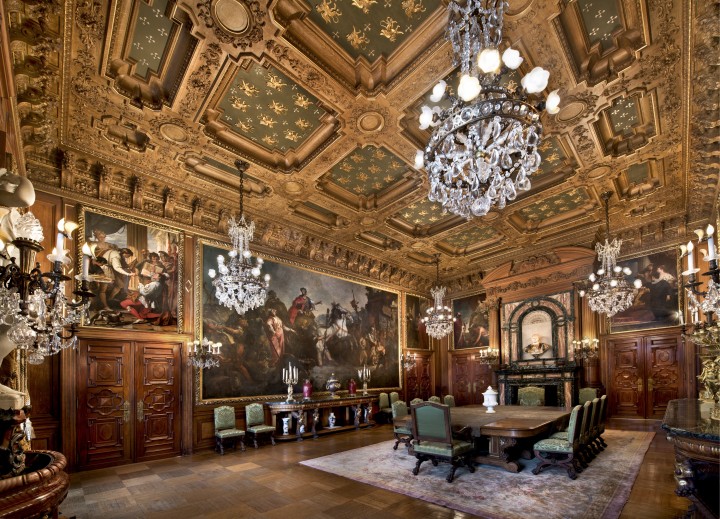
Photo Credit : Courtesy of The Preservation Society of Newport County/Gavin Ashworth
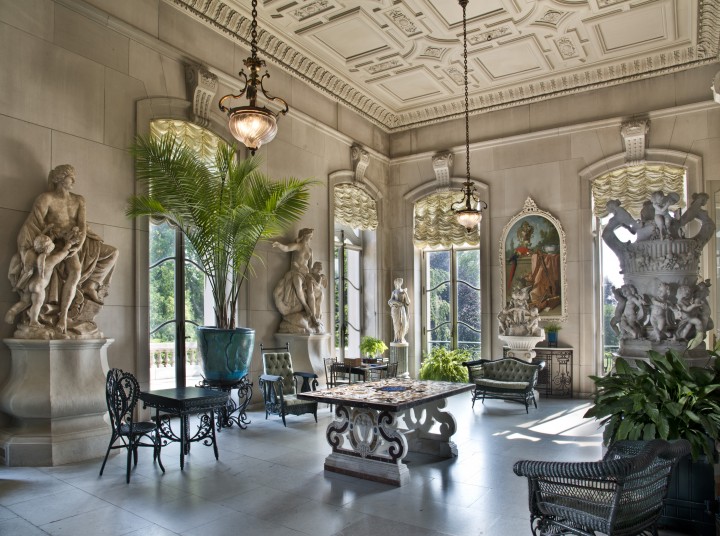
Photo Credit : Courtesy of The Preservation Society of Newport County/Gavin Ashworth
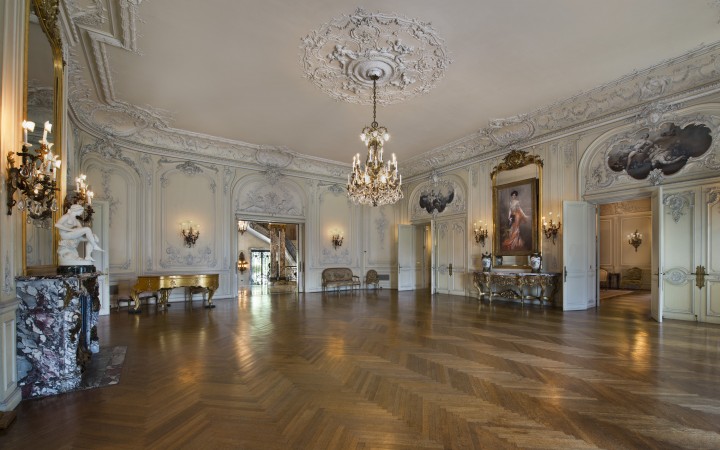
Photo Credit : Courtesy of The Preservation Society of Newport County/Gavin Ashworth
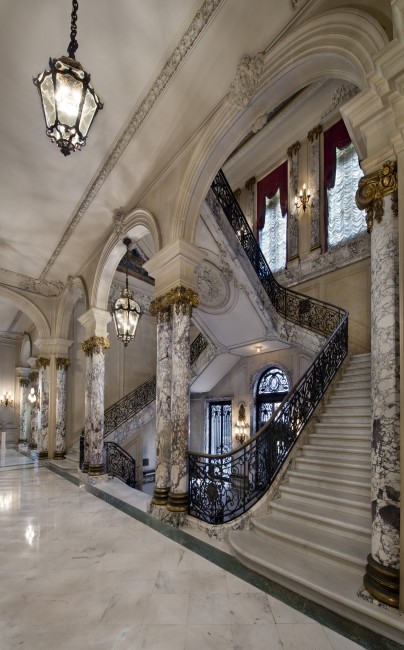
Photo Credit : Courtesy of The Preservation Society of Newport County/Gavin Ashworth
Next I ventured to Rosecliff, a sweeping capital-H-shaped French pavilion designed specifically for entertaining. Tessie Oelrichs, an heiress of the Comstock Lode (the first major discovery of silver in the United States) and her husband Hermann Oelrichs, a steamship/shipping tycoon, commissioned the home to be built in 1902. It changed hands a few times, but was always used for lavish parties. (It still is today. Rosecliff is one of Newport’s most popular venues for weddings and events.)
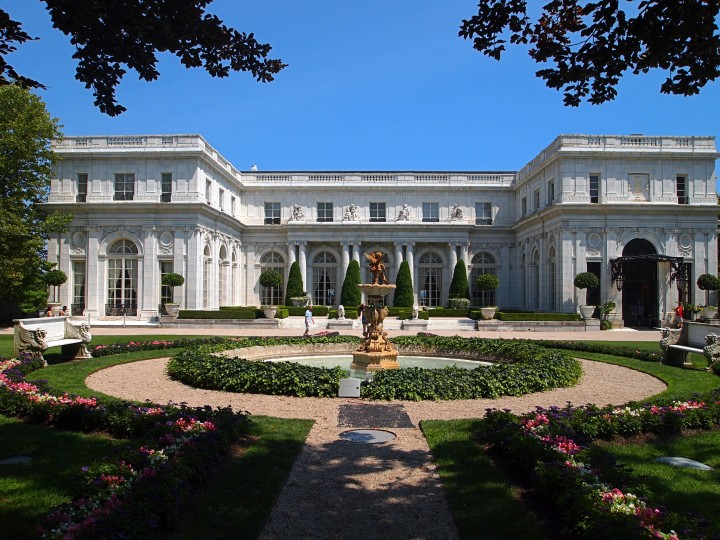
Photo Credit : Bethany Bourgault
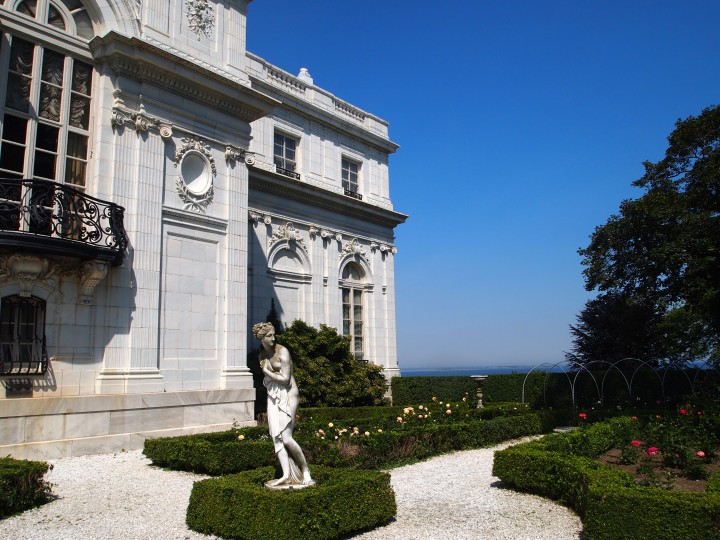
Photo Credit : Bethany Bourgault
The famous 80×40-foot ballroom has been featured in The Great Gatsby, 27 Dresses, Amistad, and True Lies. It was the site of one of Gilded-Age Newport’s most famous parties — the “Bal Blanc” in 1904. “Bal Blanc” is French for “White Ball,” and Mrs. Oelrichs certainly made sure that the event lived up to its name. Ladies wore white gowns, hair was powdered to be blonde or white, white lights and flowers decorated every dark surface, and even the ocean was turned white with boat sails. Two white swans floated around a fountain all night long.
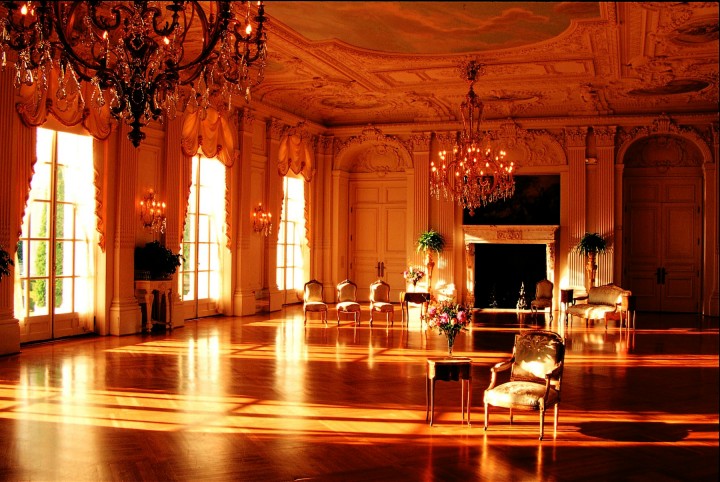
Photo Credit : Courtesy of The Preservation Society of Newport County/Ira Kearns
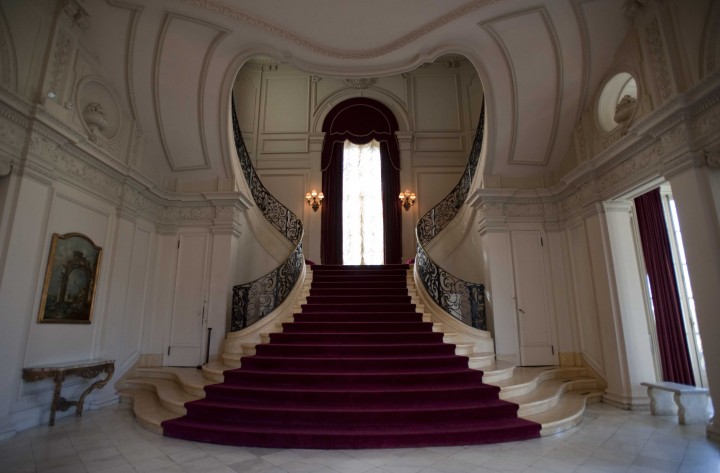
Photo Credit : Courtesy of The Preservation Society of Newport County
Just five minutes down the street at Marble House, Cornelius Vanderbilt’s brother, William, and his wife Alva, built the image of extravagance — complete with 500,000 cubic feet of marble. Glittering stained glass, gold and crystal welcome visitors in the main entrance, just like it would have when hundreds of ladies showed up to the estate for Alva Vanderbilt’s “Votes For Women” parties. That’s not where Marble House’s story starts though — it was first given to Alva by her then-husband William as a gift for her 39th birthday.
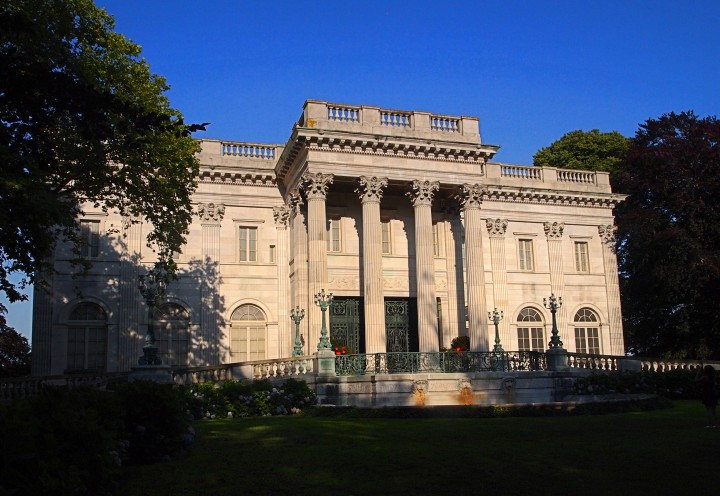
Photo Credit : Bethany Bourgault
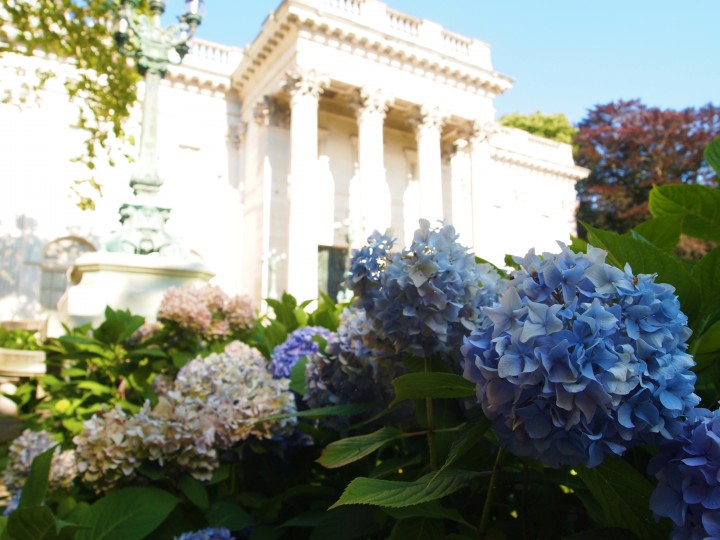
Photo Credit : Bethany Bourgault

Photo Credit : Bethany Bourgault
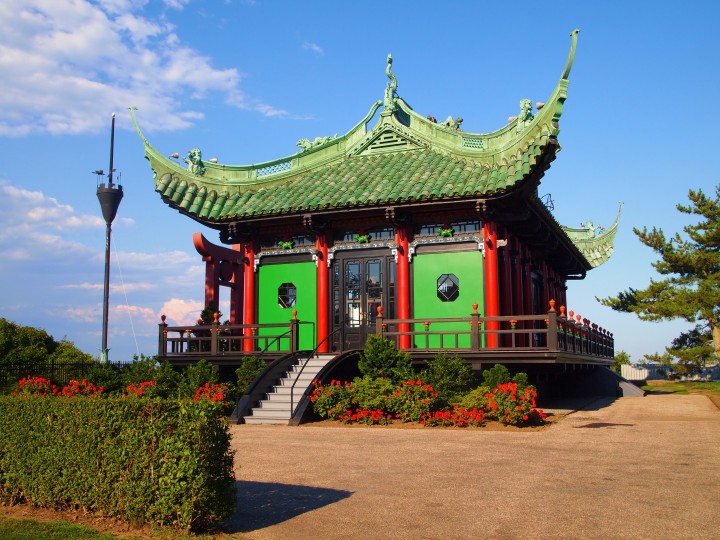
Photo Credit : Bethany Bourgault
Despite such extravagant gifts, Alva’s marriage was not a happy one, and after her three children had grown past their early childhoods, she sought a controversial divorce on the grounds of her husband’s adultery. She then married another wealthy Newport resident and moved into his house down the street. When he died, she moved back into Marble House, which still belonged to her, built a Chinese Tea House in the backyard for entertaining, and began hosting rallies for women’s rights.
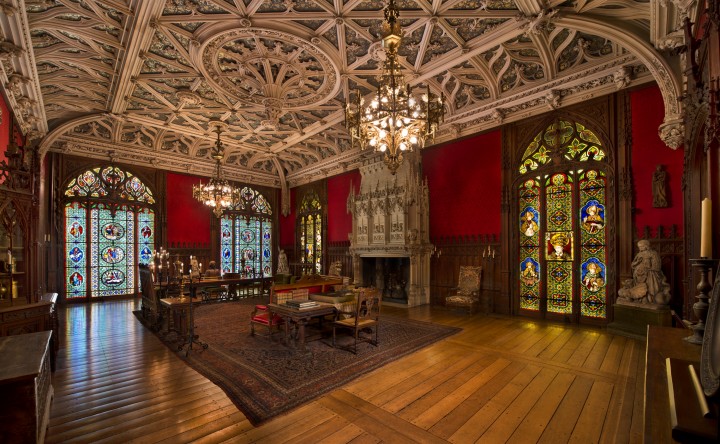
Photo Credit : Courtesy of The Preservation Society of Newport County/Gavin Ashworth
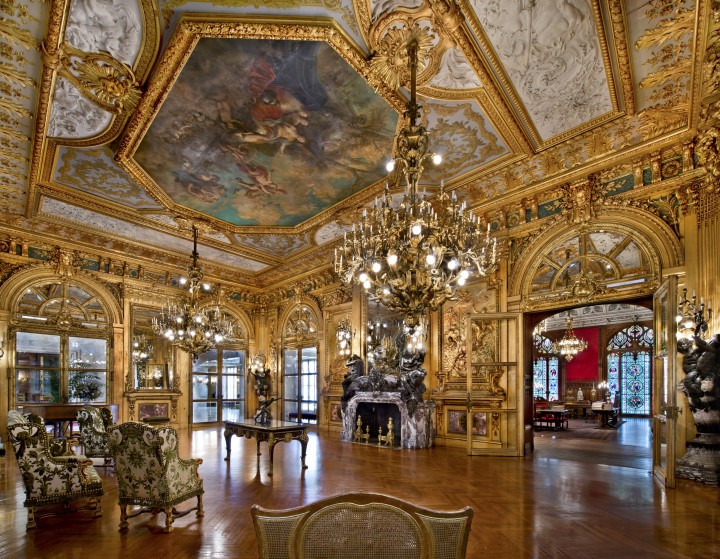
Photo Credit : Courtesy of The Preservation Society of Newport County/Gavin Ashworth
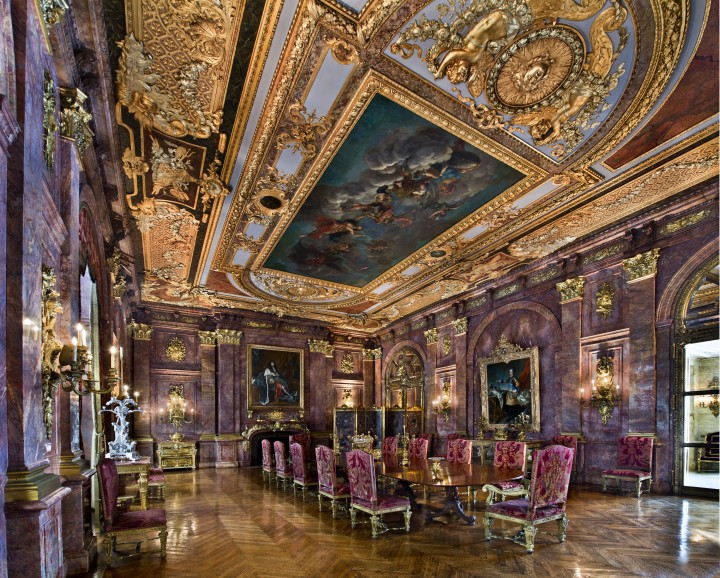
Photo Credit : Courtesy of The Preservation Society of Newport County/Gavin Ashworth
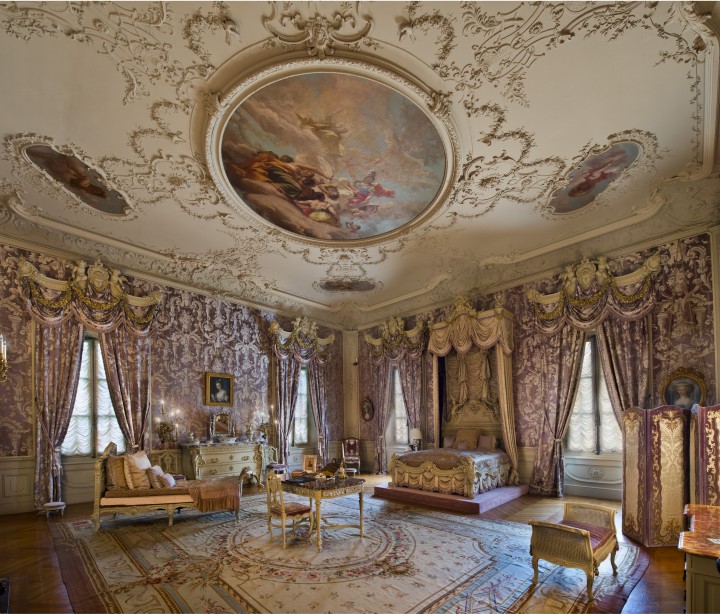
Photo Credit : Courtesy of The Preservation Society of Newport County/Gavin Ashworth
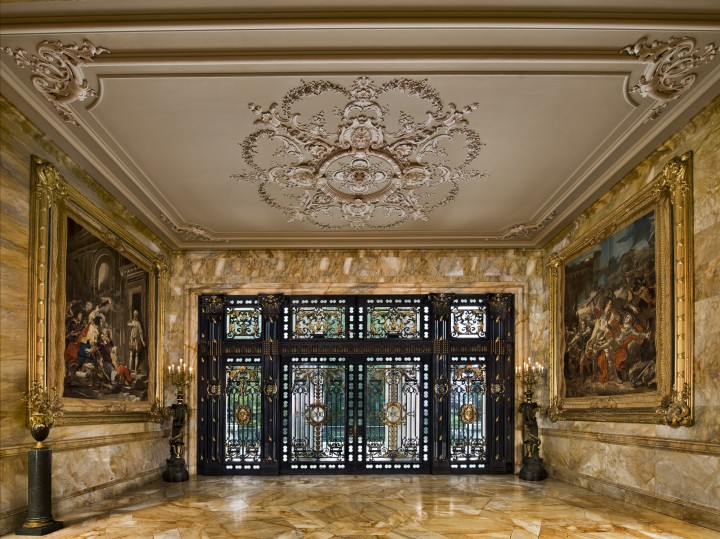
Photo Credit : Courtesy of The Preservation Society of Newport County/Gavin Ashworth
One of the lesser-frequented Newport mansions, Kingscote, is not without its grandeur. It’s tucked into a woodsy yard on Bellevue Ave. and can sometimes be hard to see from the street. What awaits the persistent venturer, though, is a gothic style cottage, reminiscent of an enormous storybook setting.
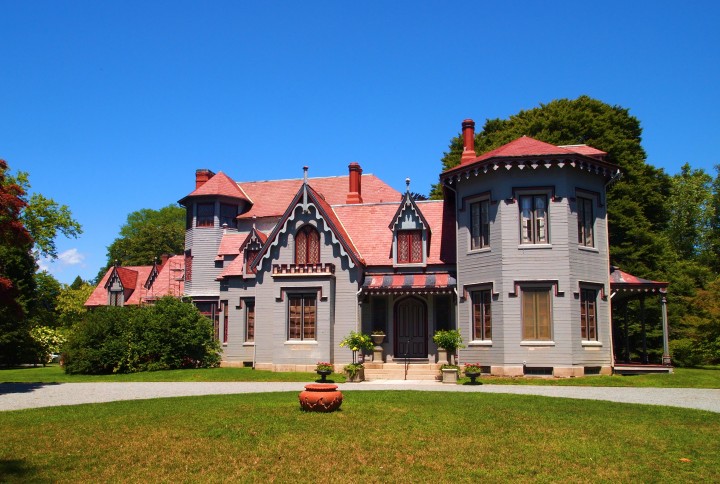
Photo Credit : Bethany Bourgault
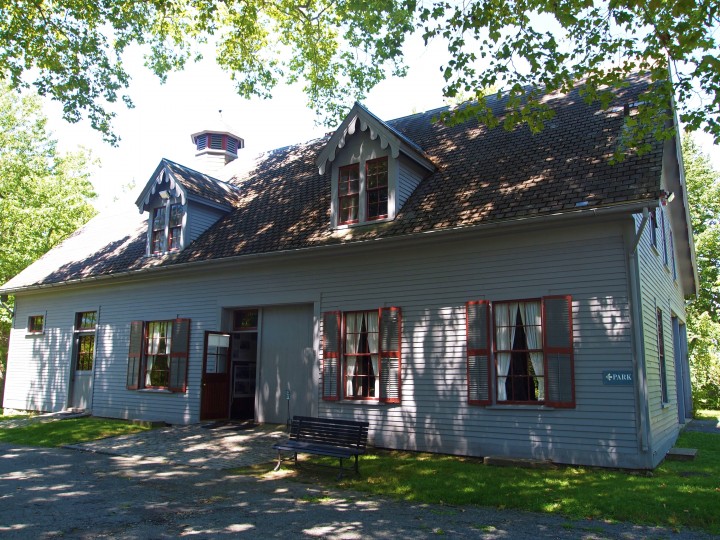
Photo Credit : Bethany Bourgault
Kingscote was among the earliest Newport mansions. It belonged to a man who made his money off of the southern plantation industry, and was painted in beige mixed with sand for a sandstone-esque look. It was sold after the civil war to the King family, who amassed their wealth in breakthrough medical work and later, the China trade. The Kings commissioned a renovation of the cottage, the additions of several bedrooms, and the famous dining room — with its Tiffany glass bricks and detailing.
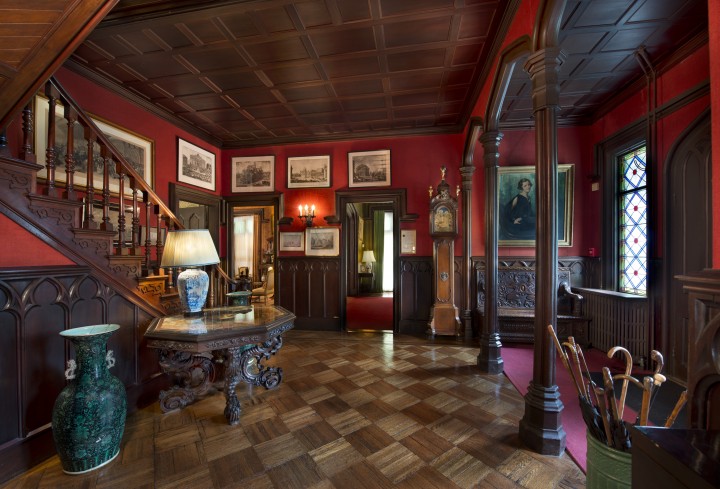
Photo Credit : Courtesy of The Preservation Society of Newport County/Gavin Ashworth
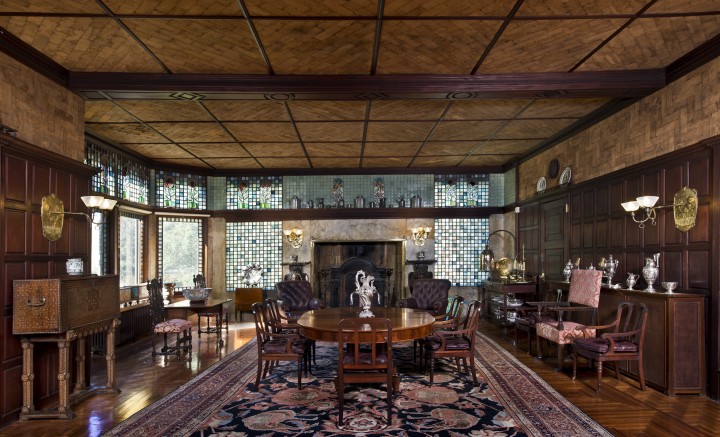
Photo Credit : Courtesy of The Preservation Society of Newport County/Gavin Ashworth
Last but certainly not least, is the fan-favorite of the Newport Mansions — the sprawling, 70-room, 13-acre Renaissance-inspired estate of railroad tycoon Cornelius Vanderbilt II — The Breakers. Named after the waves that crash onto the rocks below the massive back lawn, The Breakers is commonly regarded as the grandest of all the preserved Newport mansions. Gold and platinum-covered walls, unmatched detailing, and a 2 ½-story Great Hall overlook an uninhibited view of the Atlantic Ocean. Though countless fabulous parties were held there (the Vanderbilts were extremely popular entertainers, whose guests included Theodore Roosevelt), visitors are assured that The Breakers, under the Vanderbilt’s care, was always a family house. Children founded and kept up the tradition of sliding down the grand staircase on serving trays, and a smaller (yet still a whole lot bigger and than any of our old treehouses) play-cottage sits in the yard.
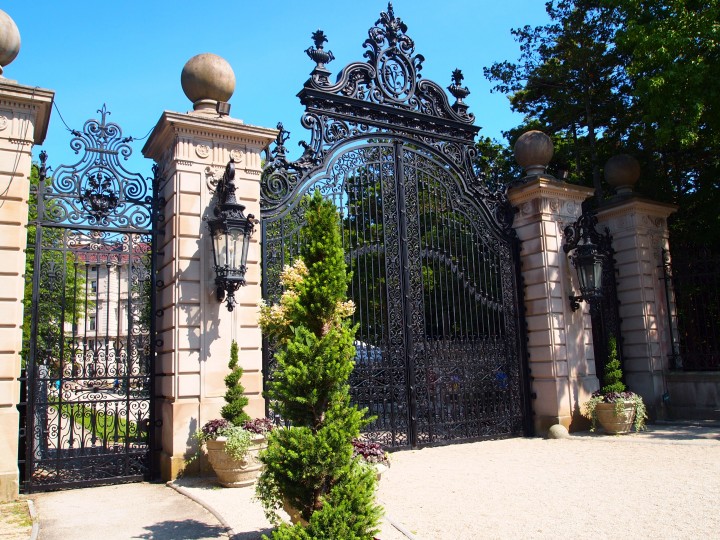
Photo Credit : Bethany Bourgault
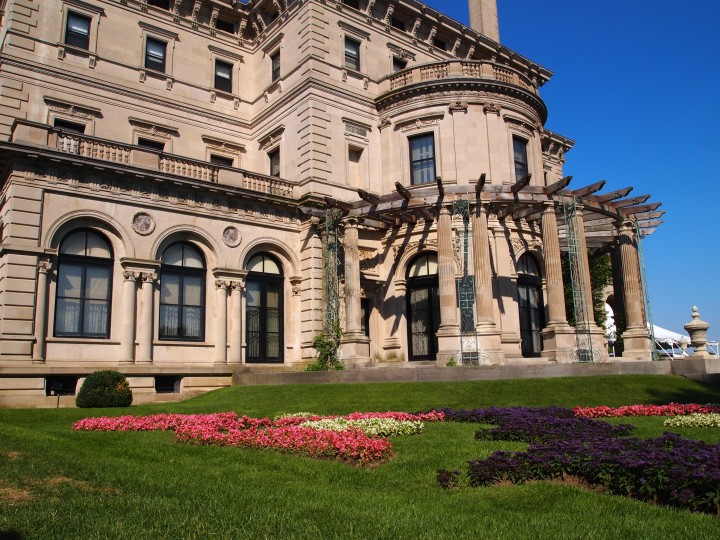
Photo Credit : Bethany Bourgault
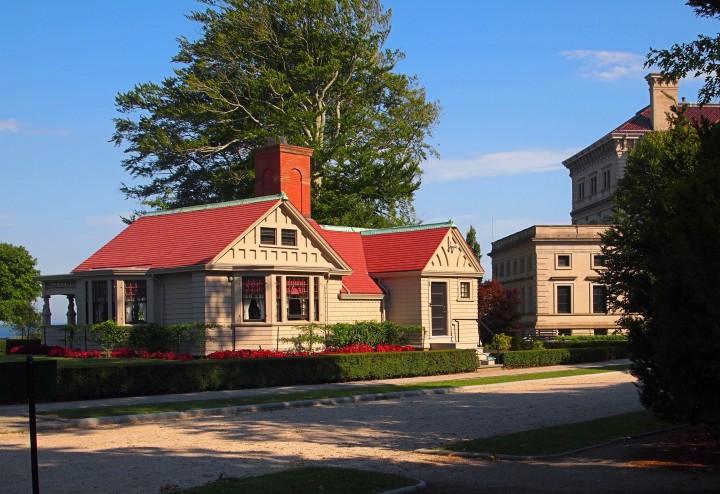
Photo Credit : Bethany Bourgault
Much of the beauty of The Breakers is in its detailing. Mythological beings glitter almost anywhere the eye can reach, and symbols like dolphins and acorns (the Vanderbilt’s family symbol, standing for strength and longevity) accompany them. A hidden grotto under the grand staircase, and the expert craftsmanship of the artwork demonstrate the Vanderbilt’s flare for European design. Almost all of the gilded mansions model some influence of European design, but The Breakers takes it to a whole new level.
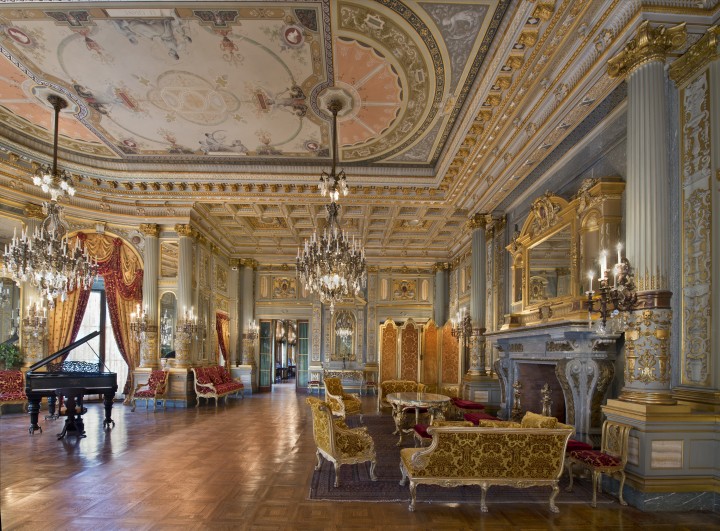
Photo Credit : Courtesy of The Preservation Society of Newport County/Gavin Ashworth
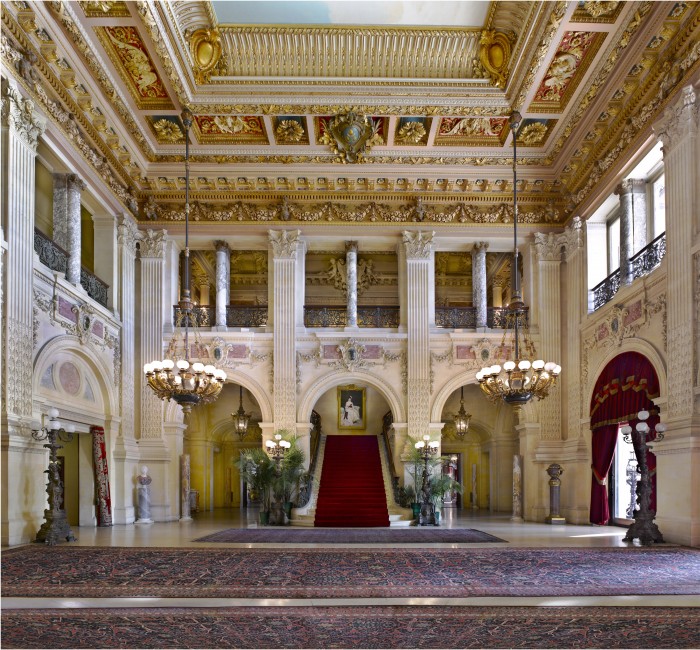
Photo Credit : Courtesy of The Preservation Society of Newport County/Gavin Ashworth
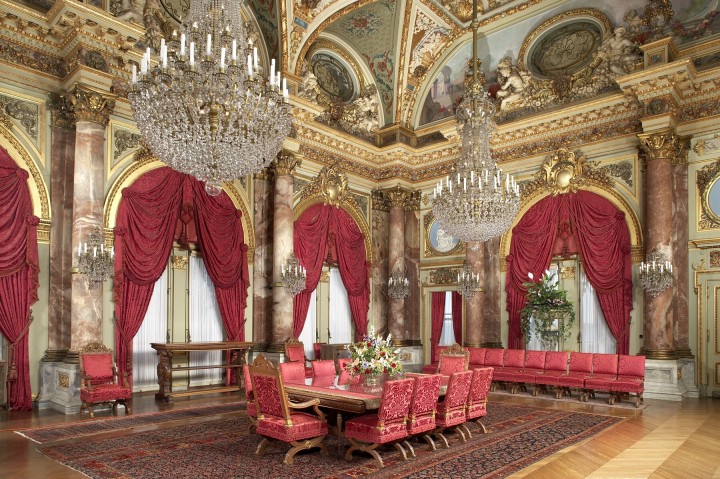
Photo Credit : Courtesy of The Preservation Society of Newport County/John Corbett
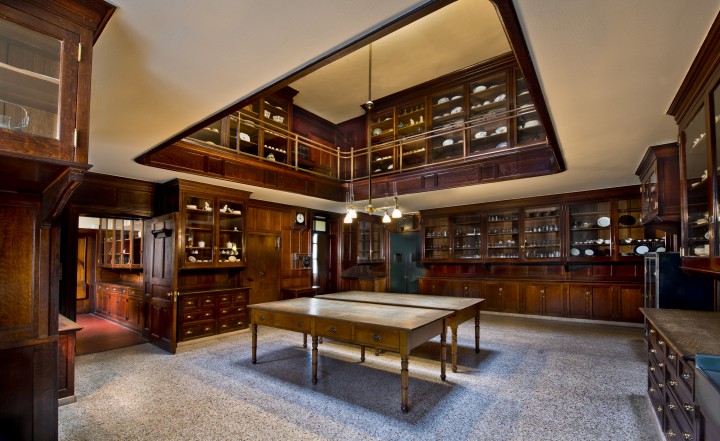
Photo Credit : Courtesy of The Preservation Society of Newport County/Gavin Ashworth
Newport, well before it was discovered by America’s most wealthy in the 1800s, was a city of a booming, industrial economy. Historians have even speculated that if it had not been for the British occupancy back in 1776, the coastline of Newport might resemble the skyline of Manhattan. Fortunately, though, it has remained skyscraper-free, and the waters, cliffs, and islands remain for our enjoyment today. Gilded-Age residents with their new fortunes capitalized on the natural beauty of the area, and now the Preservation Society of Newport County is conserving their legacies. I didn’t have the chance to check out the other locations under the society’s care (be sure to allow at least an hour to an hour and a half for each one!) but let me assure you — they are all worth the visit. Don’t miss the Cliff Walk!
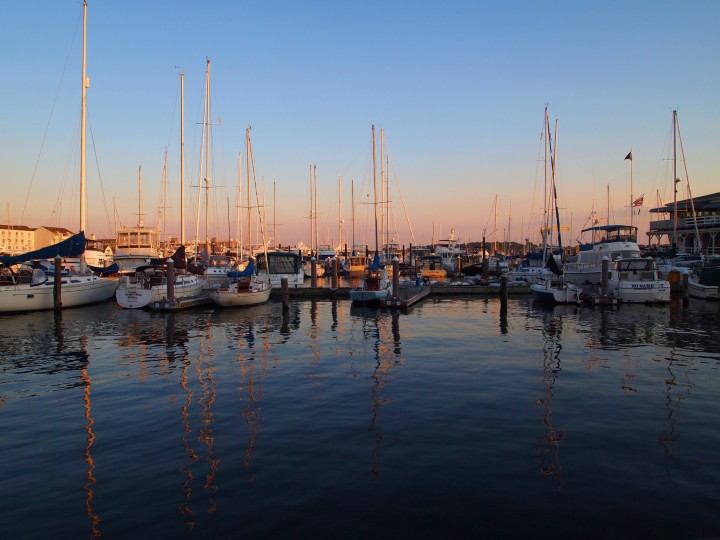
Photo Credit : Bethany Bourgault
Have you ever visited the Newport Mansions? Do you have a favorite? Let us know!
The Newport Mansions and The Preservation Society of Newport County. 401-847-1000; newportmansions.org
LEARN MORE:
Love Newport? Check out our Insider’s Guide to Newport, RI for more things to do. Love the Newport mansions? Experience the grandeur of Christmas at the Newport Mansions.
This post was first published in 2015 and has been updated.




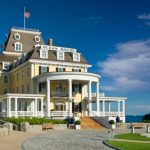
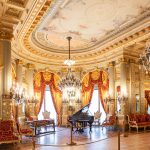


James Buchanan Duke built Rough Point and at one time in the late 19th century controlled 97% of all tobacco products in the United States (cigars, plug or chewing tobacco, cigarettes, snuff, and pipe tobacco) as well as being the American partner in british american tobacco company which controlled 95% of tobacco products worldwide. Mr. Duke was the patron of Duke University and also owned Duke power. Mr. Duke was never a Vanderbilt and was far wealthier.
Hi Paul,
Thanks for that fascinating information on the Duke family – such an interesting legacy! They were responsible for many additions to the mansion, but it was actually built for Frederick Vanderbilt in 1887. After the mansion changed hands a few times, its fourth owner sold it to the Duke family in 1922. Doris Duke, who owned it at the age of 12 after her father passed away, founded the Newport Restoration Foundation which maintains the mansion and has lots of great info on the mansion’s history (http://www.newportrestoration.org/visit/rough_point/history_architecture). Thanks for your comment!
Bethany
Paul is correct. Rough Point was never connected to the Vanderbilt family, nor is it part of the Preservation Society’s holdings. It was Doris Duke’s home.
Hi Patricia,
Feel free to check out the Newport Restoration Foundation’s page on Rough Point’s history and architecture (http://www.newportrestoration.org/visit/rough_point/history_architecture) for information about it’s previous owners. Thanks for your interest in this topic!
Thanks,
Bethany
I’m originally from Fall River, Mass. I’ve been to Newport, R.I. many times. I really enjoyed looking at the pictures of the mansions. I remember them well. Driving along Ocean Drive was so beautiful. Even though I don’t live in New England anymore, my heart will always be there.
The Breakers was by far my favorite, with its balconies overlooking the ocean and the great lawn. Don’t forget cliff walk and the roses.
Found this info & pictures of the beautiful Mansions, in Newport, Rhode Island,
helpful, since I’m planning a trip there, this coming October. Thank you.
Lucy and I thoroughly enjoyed our day touring 4 of these beautiful properties and would highly recommend the same to anyone. Wonderful day!
Rough Point is one of the Gilded Age mansions of Newport, Rhode Island, now open to the public as a museum. It is an English Manorial style home designed by architectural firm Peabody & Stearns for Frederick William Vanderbilt, Taken from the Doris Duke Preservation Society webpage.
Are any of the mansions handicap accessible? I use a wheelchair that is pushed by my husband. Thank you.